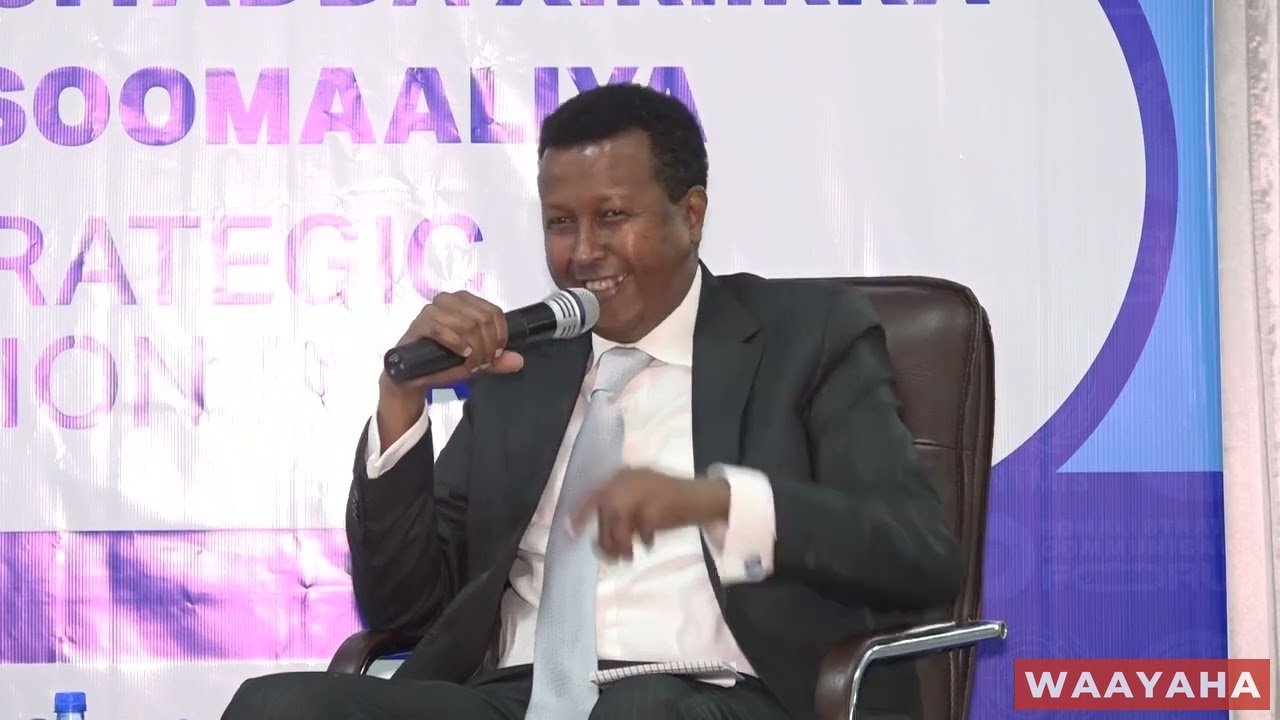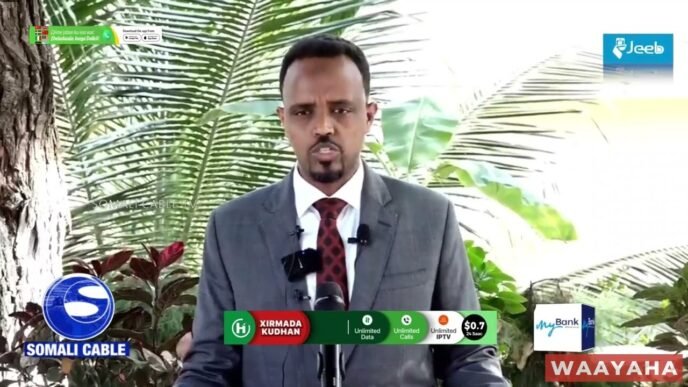The Somali media landscape has undergone a remarkable transformation over the years, adapting to the ever-changing technological landscape and navigating various challenges along the way. What began as a small group of radio stations has evolved into a vibrant and diverse ecosystem, embracing new platforms and reshaping the way news and information are consumed.
In the early days, radio was the primary medium for news dissemination in Somalia. However, as the country grappled with political instability and conflict, the credibility of traditional media outlets was called into question. The public’s trust in these sources waned, as misinformation and propaganda became prevalent. It was during this period that alternative media sources began to emerge, offering a fresh perspective and a more objective approach to news reporting.
The advent of the internet and social media platforms ushered in a new era for Somali media. These digital platforms provided a democratized space for individuals and independent outlets to share information and engage with audiences directly. The widespread adoption of these technologies enabled greater access to diverse viewpoints and facilitated the dissemination of news and information beyond traditional boundaries.
One platform that has gained significant traction in recent years is TikTok. This short-form video-sharing app has become a powerful tool for Somali content creators and journalists, allowing them to reach a wider audience and present information in an engaging and visually appealing manner. TikTok has also provided a platform for ordinary citizens to share their stories and perspectives, further diversifying the media landscape.
However, the rise of digital platforms has also brought with it new challenges, particularly in the realm of misinformation and disinformation. With the ease of sharing content online, false or misleading information can spread rapidly, posing a threat to the integrity of the media and undermining public trust.
To combat this issue, Somali media professionals and organizations have been working tirelessly to promote media literacy and fact-checking initiatives. By empowering audiences with the tools to critically evaluate information sources and identify misinformation, these efforts aim to foster a more informed and engaged public discourse.
Furthermore, collaborative efforts among media organizations, civil society groups, and government entities are underway to establish guidelines and regulations to ensure responsible and ethical journalism practices. These measures seek to strike a balance between freedom of expression and the need to curb the spread of harmful misinformation.
As the Somali media landscape continues to evolve, it is crucial to embrace the opportunities presented by new technologies while addressing the challenges they pose. By fostering a culture of transparency, accountability, and ethical journalism, the Somali media can play a vital role in shaping public discourse, promoting social cohesion, and contributing to the country’s development.













